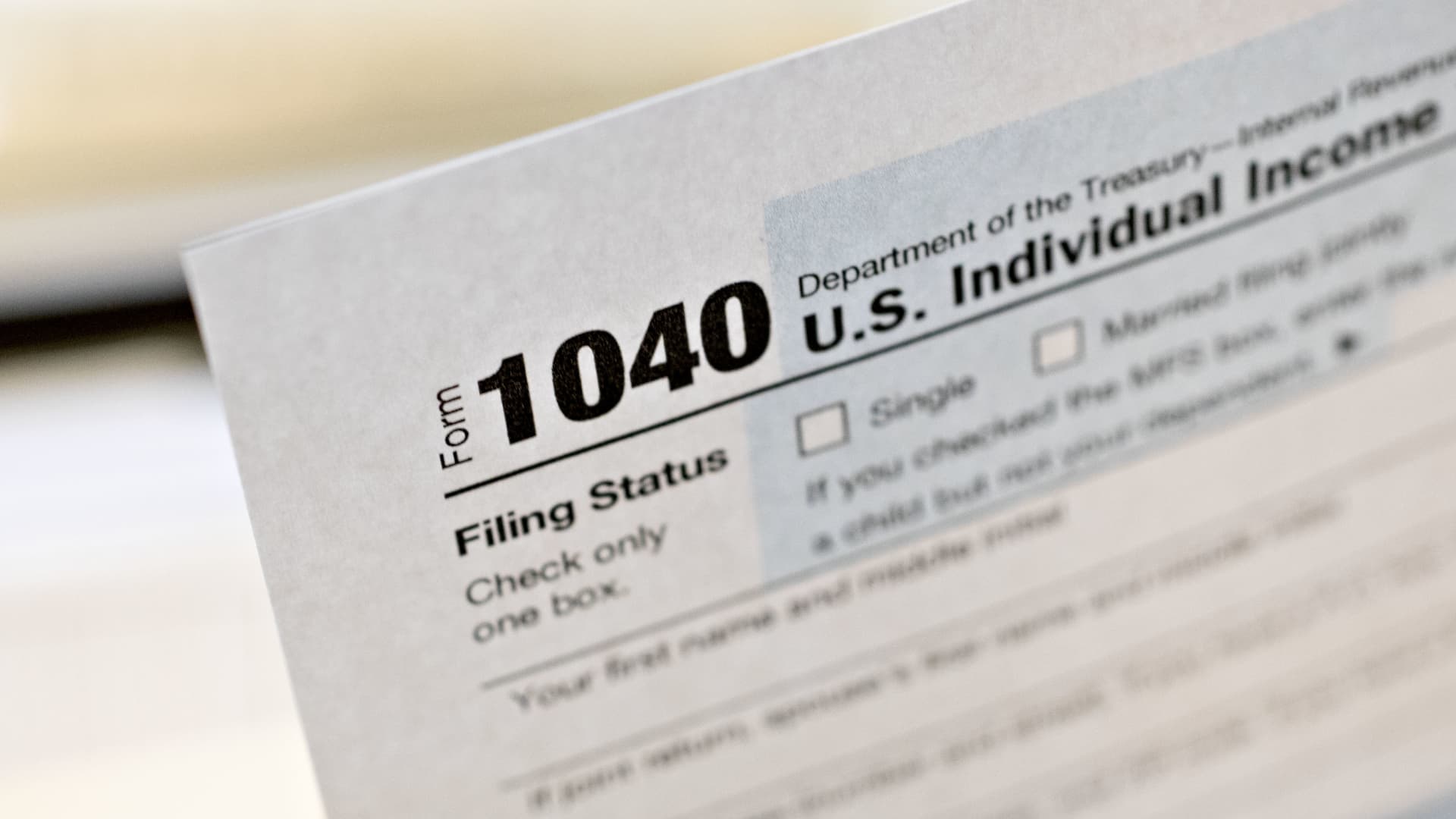Products You May Like
Investors may get a wake-up call this winter when it comes to taxes, but it doesn’t have to be that way.
According to BNY Mellon’s Ben Slavin, it’s a key time to sell losing investments in order to cut down on capital gains. He warns waiting until January or February may be too late.
“Mutual fund investors are in for quite a nasty surprise,” the firm’s global head of ETFs told CNBC’s “ETF Edge” last week. “A lot of the mutual fund companies have already provided estimates on their website, so investors can take a look and see what their expectation would be around the capital gains and what kind of tax bill they’re going to get at the end of the year.”
With the major indexes lower for the year, Slavin contends the strategy has broad appeal.
“It’s not simply about just harvesting the losses,” he said. “It’s the right time of year to take a look at the portfolio that you have and understand how to position yourself in these markets. It’s a double-edged sword.”
State Street Global Advisors’ Matt Bartolini also sees advantages for investors looking to offset tax losses and stay in the market.
“You own a mutual fund that tracks the broad base of U.S. equities. … That mutual fund might actually be lined up to pay a big capital gains dividend because of the loss associated with the overall portfolio,” the firm’s managing director said in the same segment. “At this point in time, sell that mutual fund and then buy an associated ETF and therefore you’re able to maintain your market exposure and harvest those losses in some of these areas in the marketplace.”
Bartolini said investors can also sell broad-based ETFs and buy back into other ones covering a similar marketplace.
“One of the tactics that we see utilized within clients’ portfolios in tax-loss harvesting is to just lower your costs, go into a lower-cost exposure, harvest some losses and maintain that allocation into a market exposure like U.S. equities, like emerging market equities,” he said.
